Air pollution is more than a city-life nuisance—it's a microscopic aggressor targeting your skin every day. The damage isn’t just superficial. Pollutants like particulate matter (PM), ozone (O₃), and nitrogen oxides (NOₓ) can penetrate the skin barrier, causing inflammation, oxidative stress, dehydration, and accelerated skin aging.
At Rejuvaskin, we believe in skincare powered by science. Let’s explore how pollution undermines your skin’s natural defense—and what you can do about it.
How Pollution Damages the Skin Barrier
Your skin’s outermost layer, the stratum corneum, functions as a vital barrier that locks in moisture and keeps out harmful agents. But modern pollutants are small—and relentless.
Recent research shows that:
-
Particulate matter penetrates damaged skin barriers, triggering oxidative stress and inflammation that disrupt normal skin function (Jin et al., 2018).
-
Exposure to air pollution alters the skin microbiome, reducing microbial diversity and increasing harmful species linked to transepidermal water loss and barrier dysfunction (Boonpethkaew et al., 2024).
-
Pollutants generate reactive oxygen species (ROS), which damage cellular DNA and proteins, leading to visible signs of premature aging such as wrinkles, pigmentation, and dullness (Gu et al., 2024).
Even when pollutants don’t penetrate deeply, they create toxic compounds at the skin’s surface. Ozone, for instance, doesn’t enter the bloodstream but reacts with skin lipids, creating irritating by-products (Valacchi et al., 2006).
What This Means for Your Skin
The consequences of daily exposure to pollution include:
-
Disrupted hydration and increased skin dryness
-
Hyperpigmentation and uneven skin tone
-
Accelerated development of fine lines and wrinkles
-
Exacerbation of skin conditions like eczema, acne, and dermatitis
These effects can be subtle at first, but they accumulate, undermining your skin’s health and appearance over time.
How to Protect Your Skin from Pollution
1. Antioxidants Are Your Allies
Ingredients like Vitamin C, niacinamide, and green tea extract help neutralize ROS and reduce inflammation (Hergesell et al., 2022).
2. Support Your Skin Barrier
Use barrier-repairing ingredients such as ceramides, hyaluronic acid, and peptides to rebuild and reinforce your skin's defenses.
3. Cleanse Without Overstripping
Gently remove pollutants and impurities without damaging the lipid layer—avoid harsh scrubs or over-washing.
4. Add a Protective Layer
Modern moisturizers and creams containing film-forming agents or anti-pollution actives can create a breathable shield to reduce particle adhesion.
5. Stay Consistent
Pollution is daily. Protection should be too. A consistent skincare regimen helps maintain resilience over time.
Rejuvaskin’s Pollution Defense Promise
At Rejuvaskin, we don’t just follow skincare trends—we follow the research. Our products are formulated with dermatologist-trusted ingredients that combat the real-life challenges your skin faces every day, including pollution, stress, and inflammation.
Air pollution may be invisible, but its effects on your skin are very real. Understanding the science behind this threat helps us take the right steps to fight back—starting with smart skincare.
Let Rejuvaskin help you protect what the world tries to wear down.
Works Cited
Boonpethkaew, S., Charoensuksira, S., Meephansan, J., Sirithanabadeekul, P., Chueachavalit, C., Ingkaninanda, P., Visedthorn, S., Chanchaem, P., Sivapornnukul, P., & Payungporn, S. (2024). The influence of air pollution on skin microbiome: a link to skin barrier dysfunction. Archives of Dermatological Research. link
Gu, X., Li, Z., & Su, J. (2024). Air pollution and skin diseases: A comprehensive evaluation of the associated mechanism. Ecotoxicology and Environmental Safety, 278, 116429. link
Hergesell, K., Valentová, K., Velebný, V., Vávrová, K., & Dolečková, I. (2022). Common cosmetic compounds can reduce air pollution-induced oxidative stress and pro-inflammatory response in the skin. Skin Pharmacology and Physiology, 35(3), 156–165. link
Jin, S., Li, Z., Choi, E. K., Lee, S., Kim, Y., Seo, E., Chung, J., & Cho, S. (2018). Urban particulate matter in air pollution penetrates into the barrier-disrupted skin and produces ROS-dependent cutaneous inflammatory response in vivo. Journal of Dermatological Science. link
Valacchi, G., Muresan, X., Sticozzi, C., Belmonte, G., Pecorelli, A., Cervellati, F., Haycock, J., & Maioli, E. (2006). Ozone-induced damage in 3D cultured human skin models. Toxicological Sciences, 91(1), 159–165. link
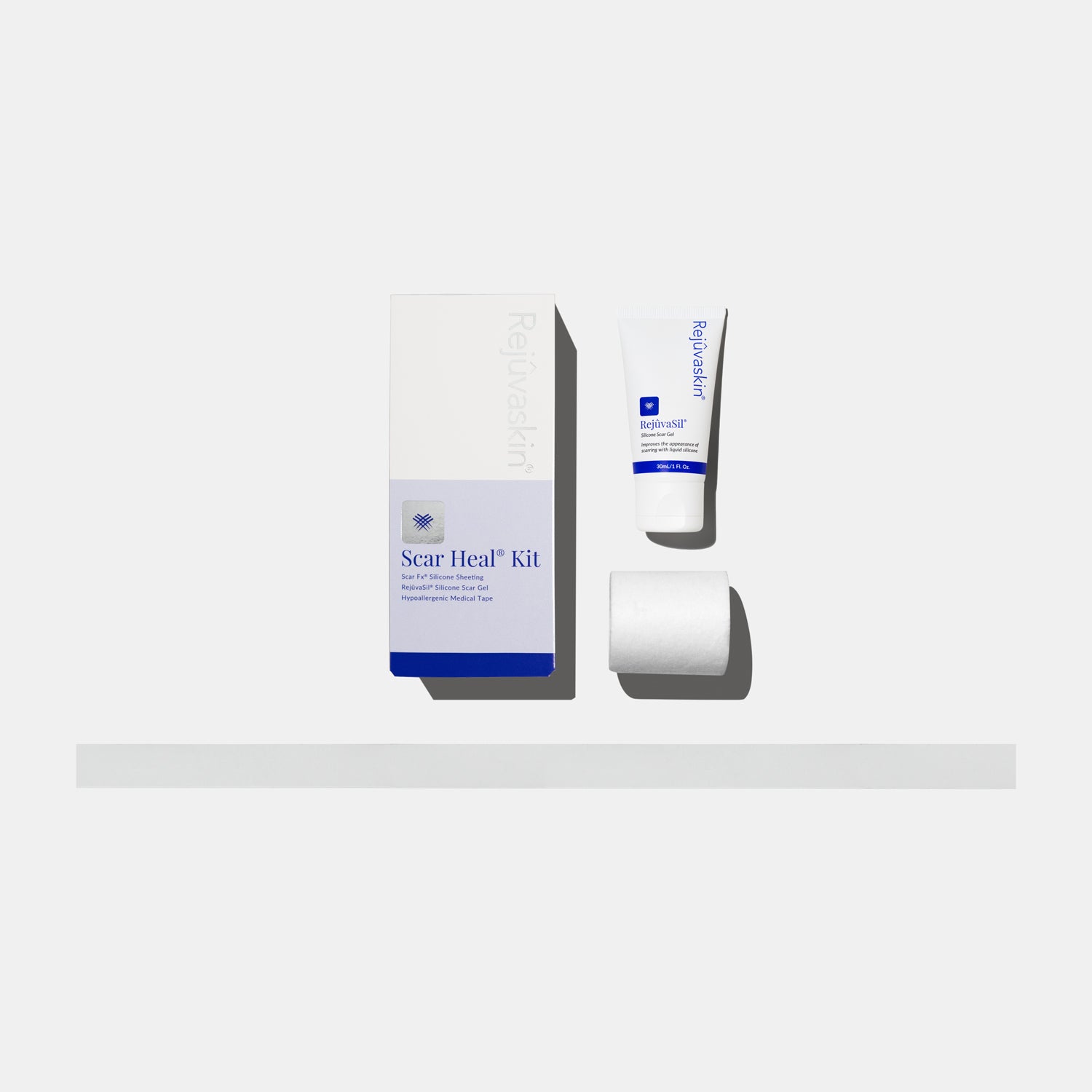


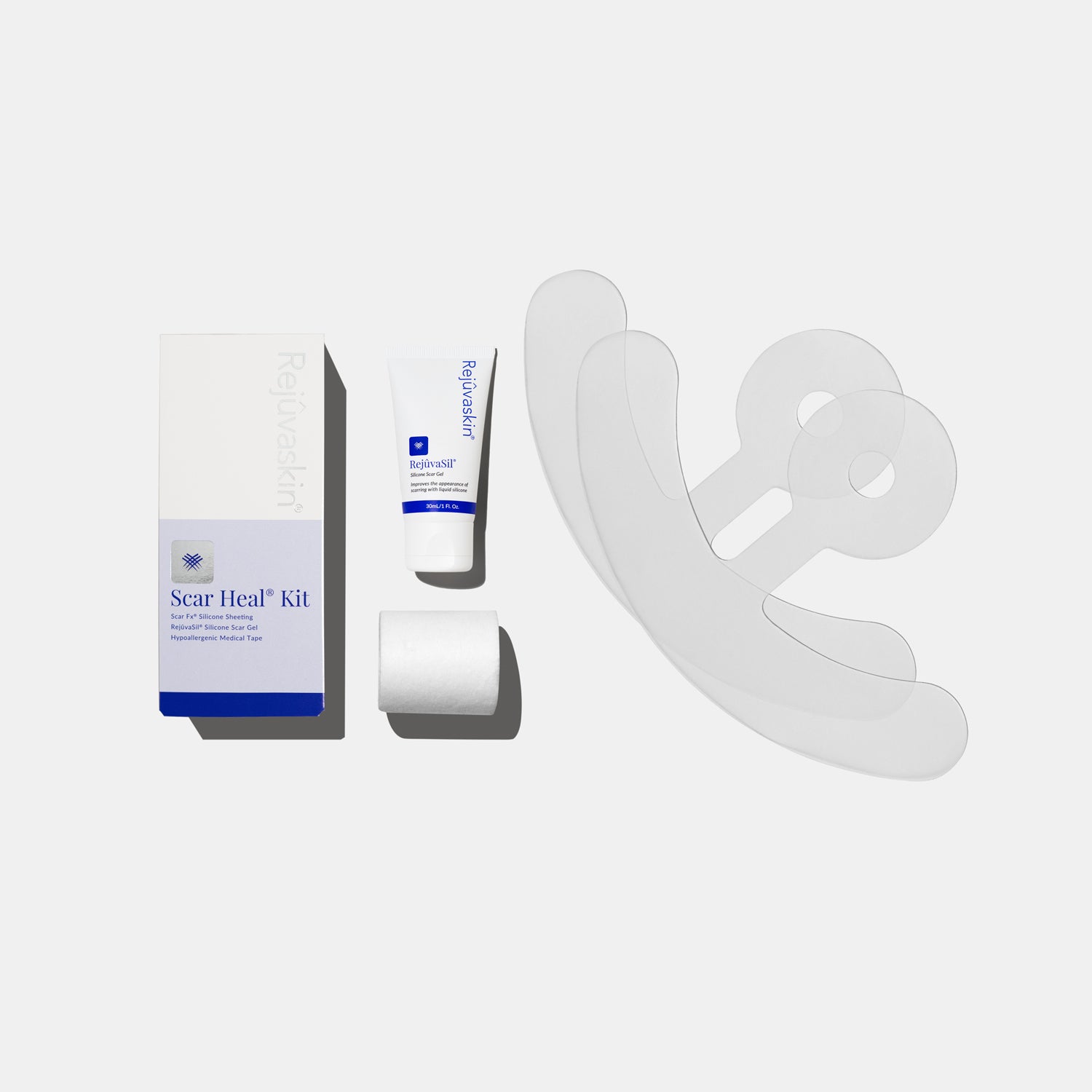
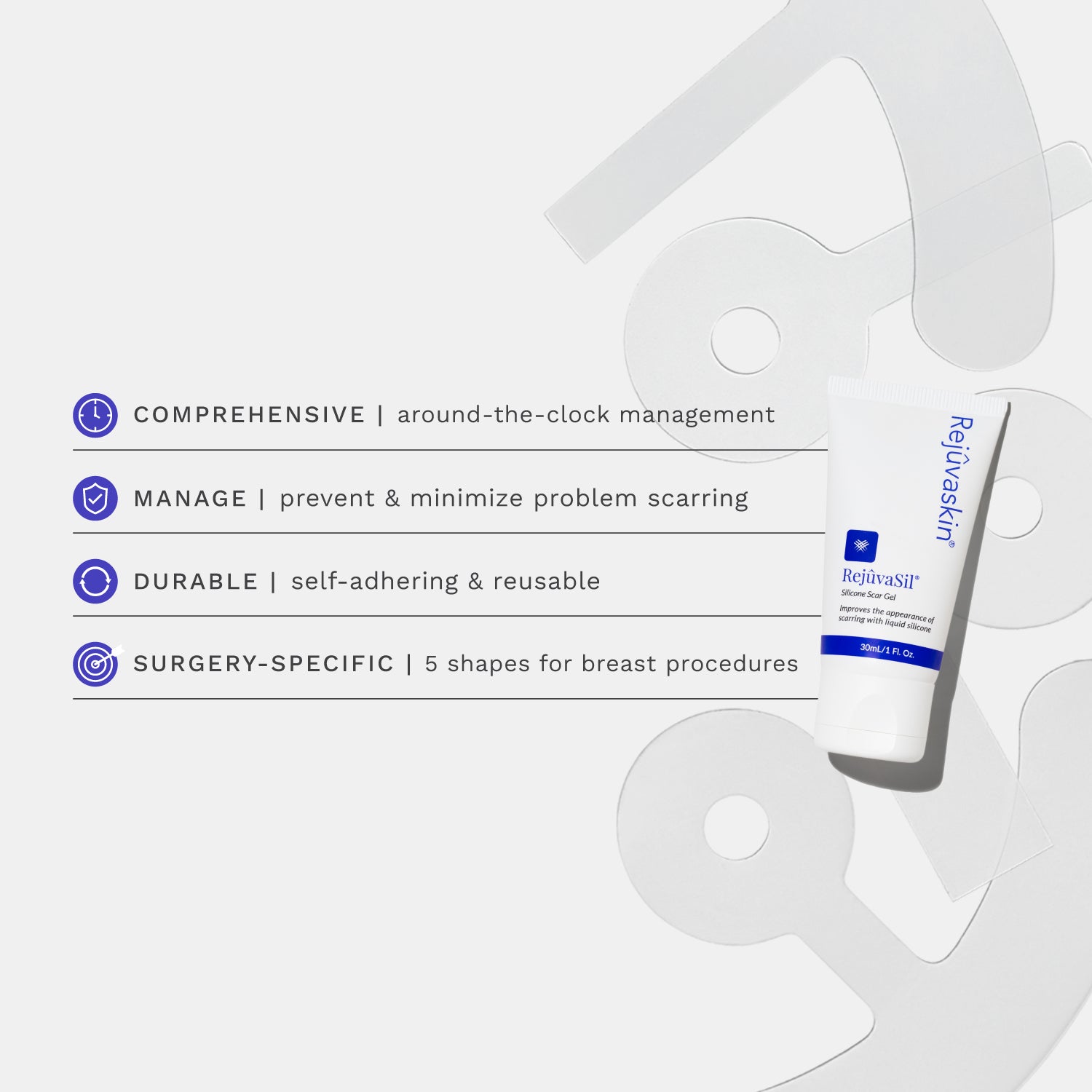
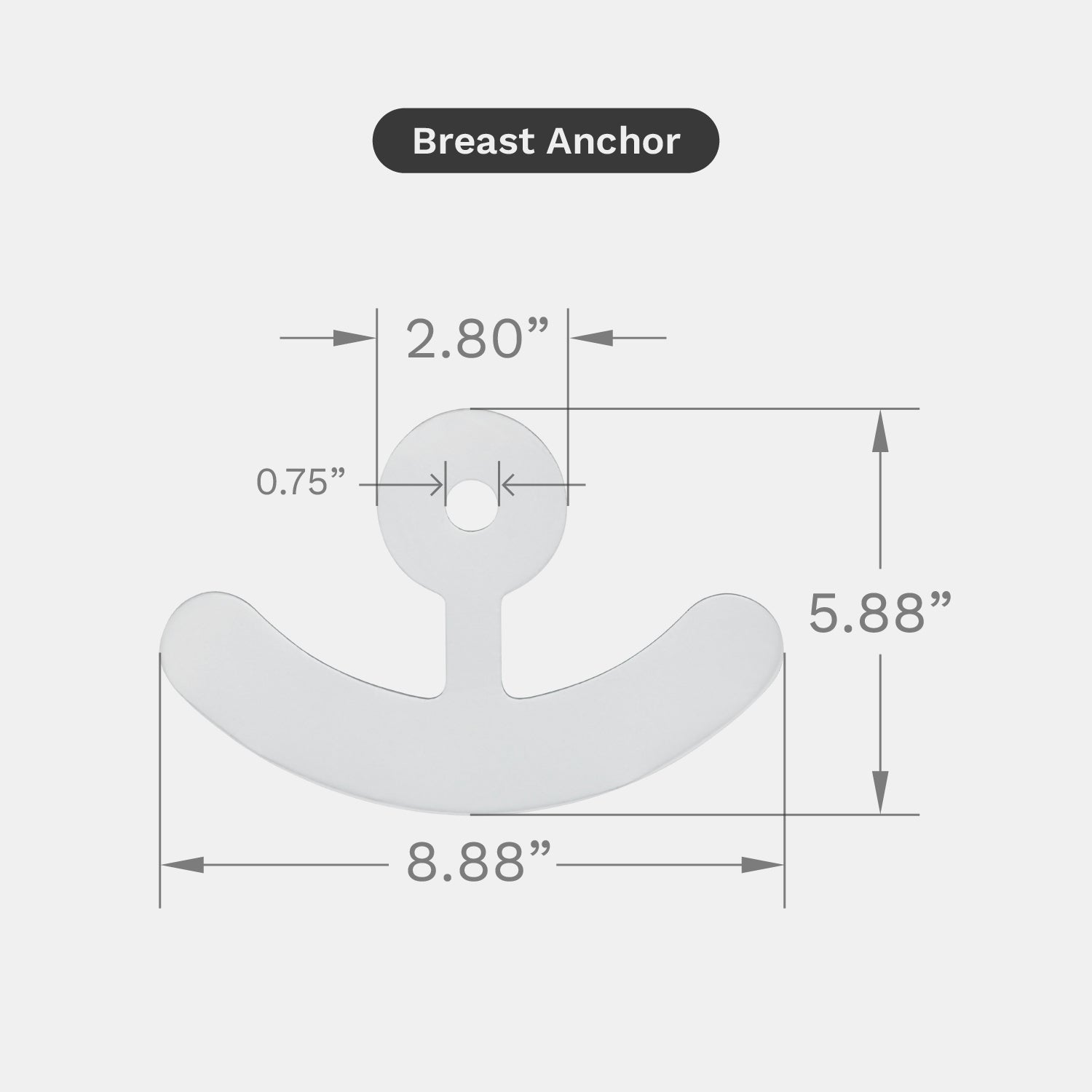
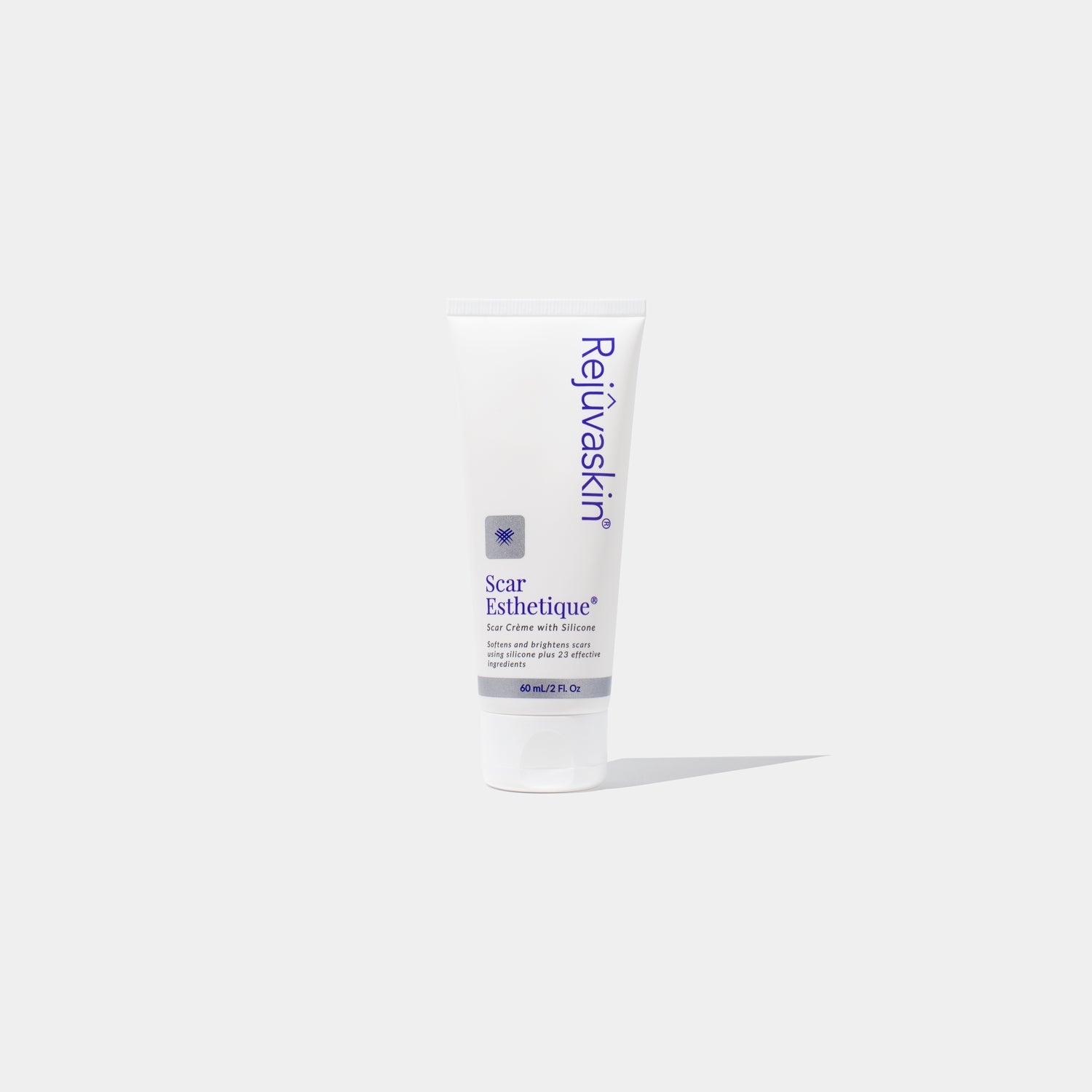
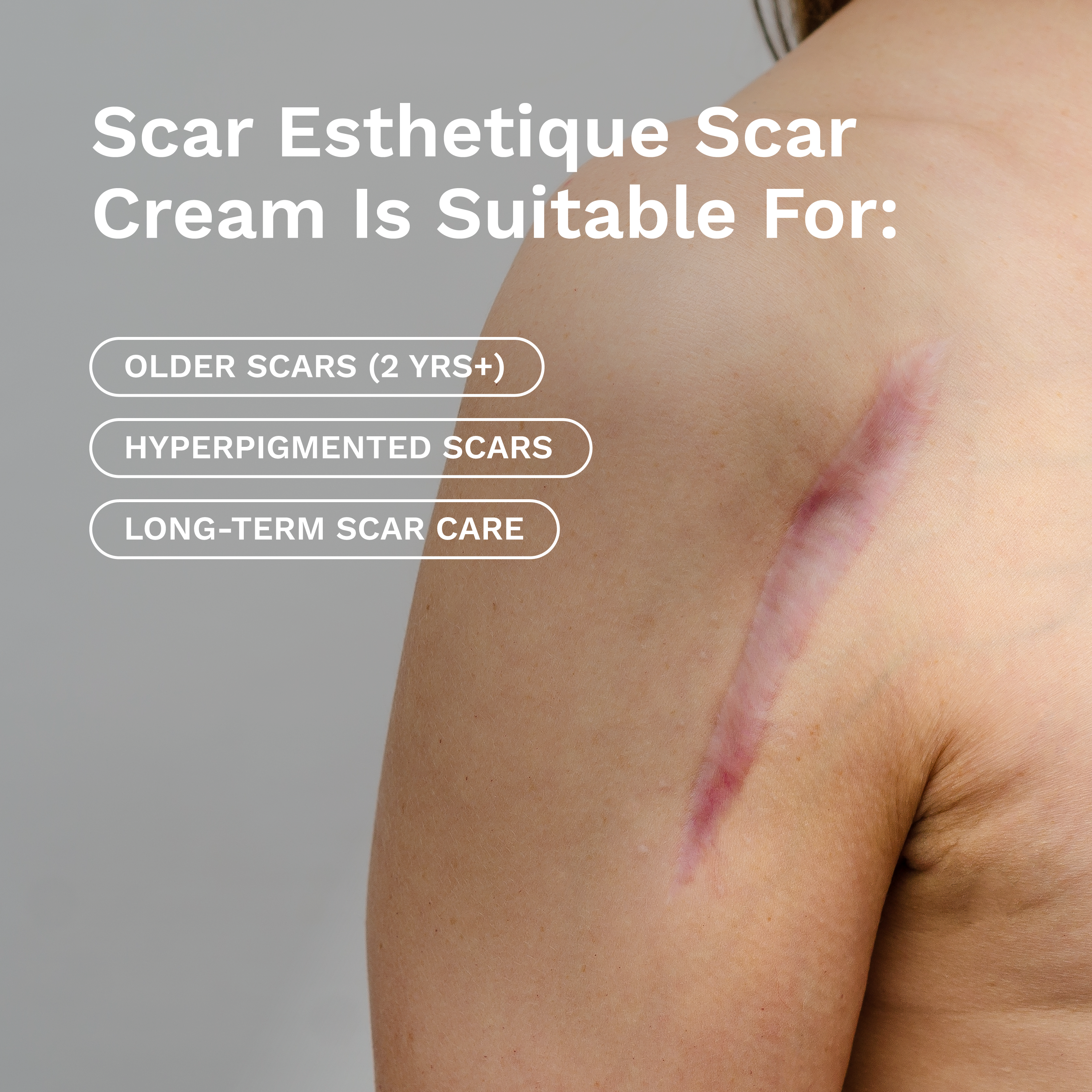








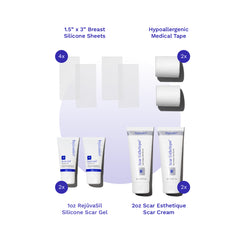
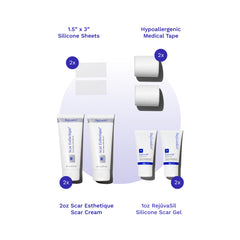

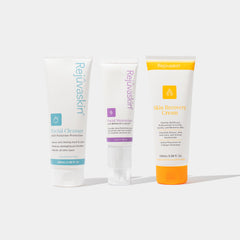

Leave a comment